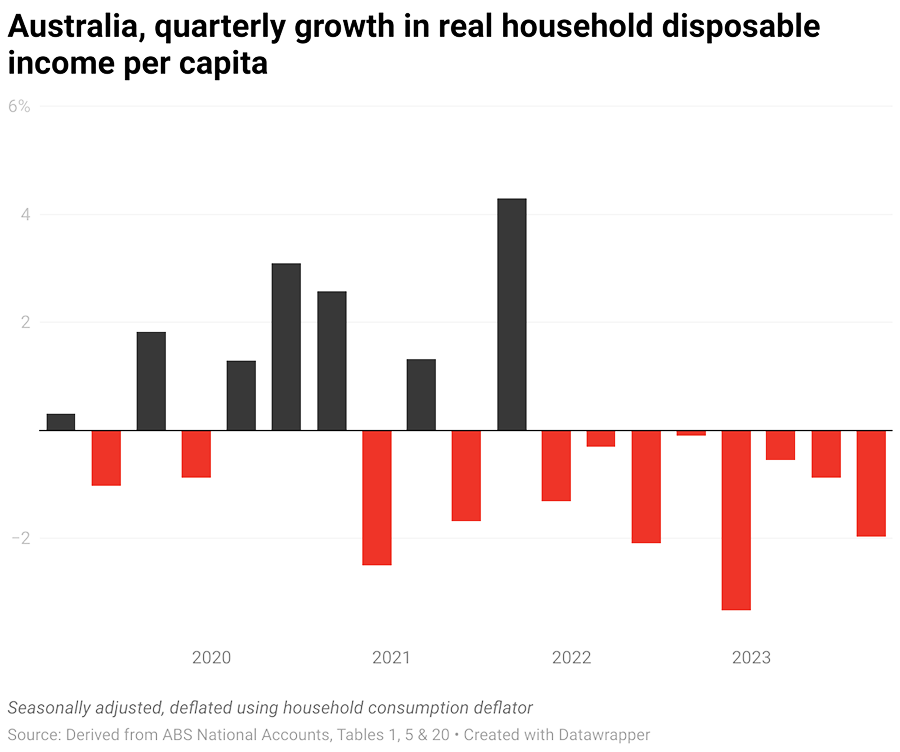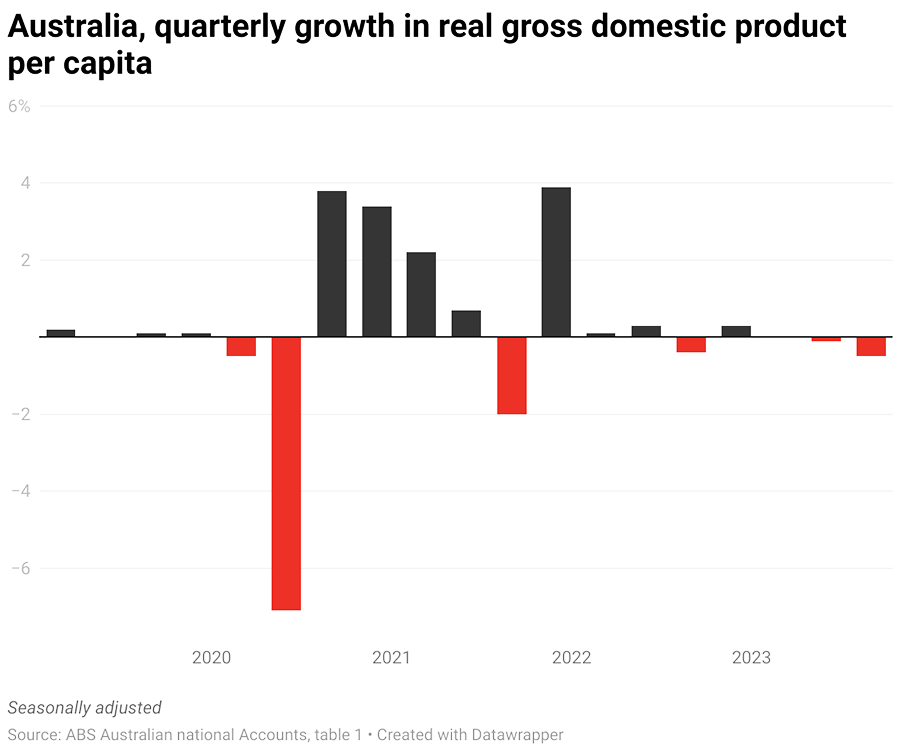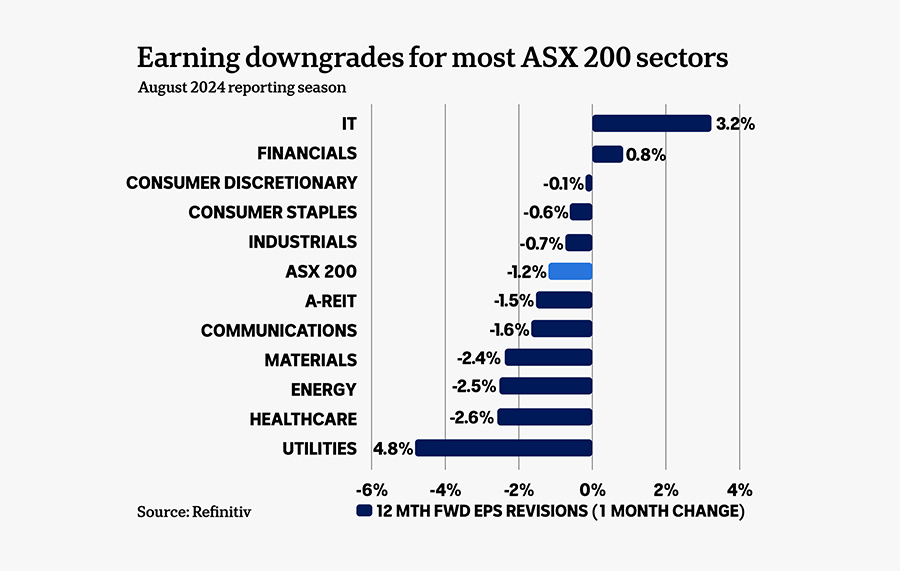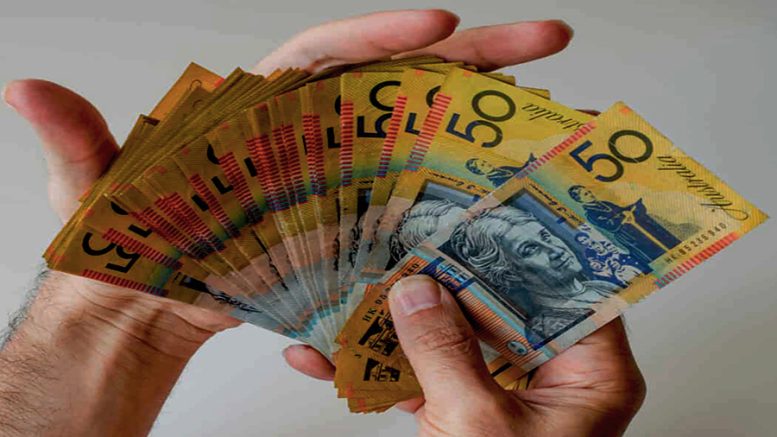Contributed by Jim Hayes
What are called seasonally adjusted figures from the Australian Bureau of Statistics’ (ABS) for august show on the numbers that 3100 fewer people were employed. His is despite a growth in population, mainly from migration into Australia. There are now more than 27 million people living here. The number of new part-time jobs increased by 50,600.
This tells us the story. Australia is experiencing a new leap in part-time work and at the cost of full-time jobs. The situation is even worse than these figures suggest. ABS methods underestimate the true picture. They don’t include everyone looking for a job.
Only what is considered participation in the labour market is counted. This means being registered with Centrelink are considered. If you work one house in the survey week you are counted as in full time employment. Those forced into study or other activity that takes them from immediate job seeking, are left out. Then there are those looked after by family because they can’t find work.
Australian looking for full time work and only finding part-time work should be counted as additions to the tally of unemployment in terms of the hours not worked.
If these factors were included, the announced unemployment rate would more than double from the official 4.2 percent towards 9 percent, and perhaps even higher.
Add to this the fall in real incomes, which is the widening gap between income and the cost of living, which is witnessing a gradual decrease in living standards. The graph below is a good indicator of this.

This shows an ongoing average negative drop in disposable income for individuals over recent years to now.
Australia’s Gross domestic product, which is officially recorded growth in the economy has entered negative territory without Covid lockdowns, when considered in term of the average share per person. The graph below makes this obviously clear.

This is the context of the present arguments over the interest rate. Something for which the Reserve Bank is getting something of a hiding for. The reality is, although there is a degree of short-term flexibility in the authority for on setting the interest rate, it can’t really be moved all that much. It really represents the exchange value of money, and this is determined by the state of the economy.
When the economy is weak, the interest rate tends downward. Historically speaking, even at here it is today, the interest rate remains fairly low. This is cold comfort for those whose income is stretched to the limit. An historically low interest testifies a faltering economy failing to provide proper jobs and enough income to raise living standards.
But why isn’t the Reserve Bank lowering the interest rate? The answer is simple. There is inflationary pressure coming from the demand for money. The principal sources are the demand for Australian dollars by foreign investors, particularly American ones, buying them up as a hedge against the depreciating American dollar. The buying of shares in companies is a big one. Another is the prevalence of corporate price gouging. We mustn’t forget the cost of housing.
On the demand for Australian dollars side, a good indicator is the sale of government bonds that are currently realising a 6.45 percent return. The Australia bond market has reached $1.21 trillion this year, and this is pushing the demand for Australian dollars upward. This is aa major inflationary pressure. The Australian share market is another hedge, and it has grown 8.25 percent so far this year. and this has bene almost exclusively in IT and financials. You can see this is the graph below.

this, of course, represents the decline from the previous period and not the volume of investment. Investment without leading to real economic growth becomes inflationary.
Price gouging speaks for itself. This comes about by exercising monopoly power to increase prices by more than they would otherwise. This year saw 6 inquiries into this practice. One investigated Coles and Woolworths and found credible evidence, this adds further to inflation.
The cost of housing hardly needs repeating. It has exploded and continues on the rise.
These and are the major sources on inflationary pressure, and the reasons why interest rates are not falling. A government paying serious attention to them could make a big difference.


Be the first to comment on "Big investors distortion Australian dollar and keeping Interest higher"